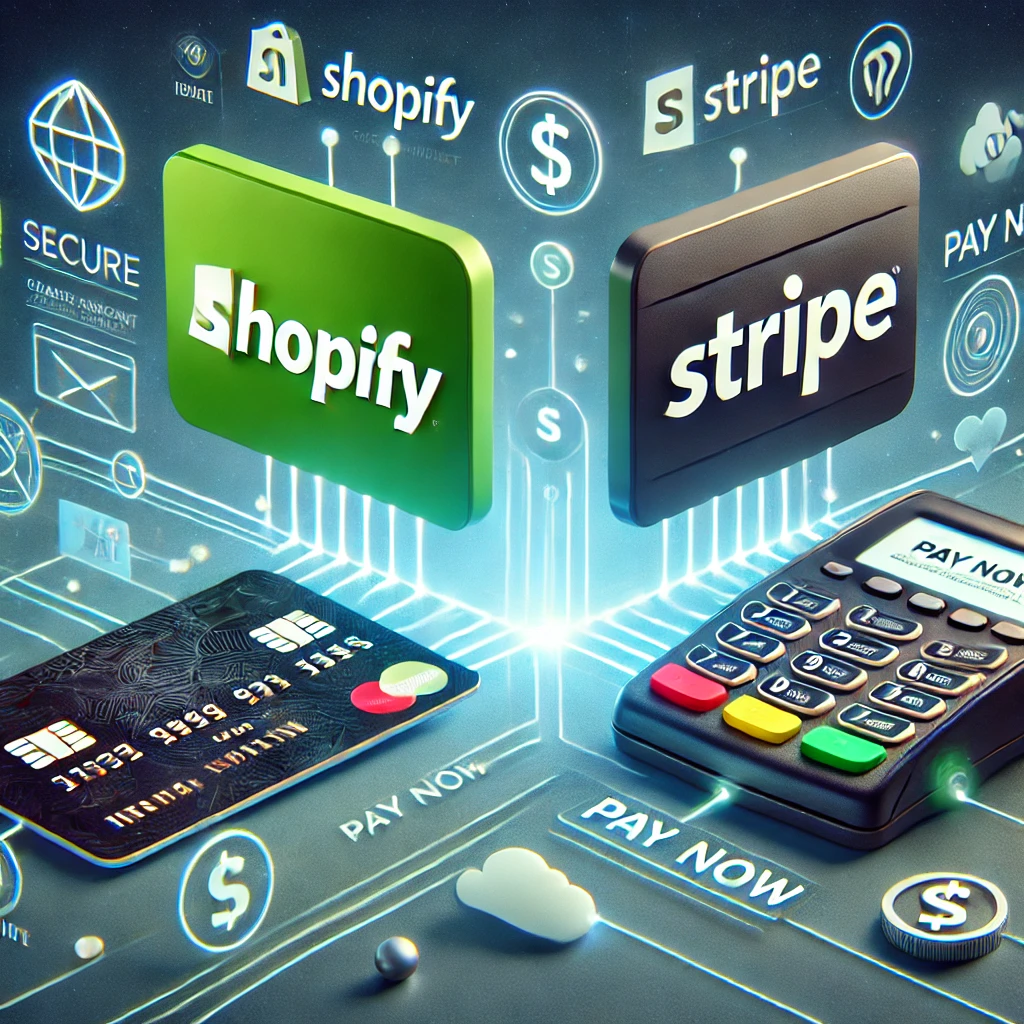Shopify is known for its simplicity, scalability, and seamless payment processing options, which often leads business owners to ask: does Shopify use Stripe? The answer lies in how Shopify’s payment system is structured. Shopify doesn’t use Stripe in the traditional sense—but it does rely on Stripe’s underlying infrastructure in specific scenarios. Understanding how Shopify handles payments, what role Stripe plays, and how this affects transaction fees and payment flexibility is crucial for any merchant looking to make informed decisions.

Understanding Shopify Payments
At the center of this topic is Shopify Payments, the platform’s built-in payment gateway. It’s a streamlined solution that enables merchants to accept credit cards and other payment methods directly from their online store—no third-party integrations required.
Shopify Payments supports:
- Visa, Mastercard, American Express, Discover
- Apple Pay, Google Pay, and Shop Pay
- Local methods like Bancontact or iDEAL in supported regions
It eliminates the need to configure or connect an external gateway like Stripe, PayPal, or Square. Everything is managed through your Shopify admin, including payouts, chargebacks, and transaction histories.

Does Shopify Use Stripe Behind the Scenes?
While Shopify Payments is branded and operated by Shopify, Stripe powers the backend of many of these transactions—particularly in the United States, Canada, the UK, and Australia. Stripe acts as the payment processor that handles the secure transmission of card data, fraud protection, and fund transfers.
This means that even though Shopify Payments is your gateway on the surface, Stripe technology is working under the hood. However, merchants don’t interact with Stripe directly. Shopify manages the entire experience and hides Stripe’s interface from store owners.
This is important: if you’re using Shopify Payments, you do not need a separate Stripe account. Everything is handled internally.
Can You Use Stripe Directly with Shopify?
If you want to bypass Shopify Payments and use Stripe as a standalone payment provider, that option is technically no longer supported by Shopify. As of late 2020, Shopify removed Stripe from its list of external gateways in regions where Shopify Payments is available.
In regions where Shopify Payments is not supported, Shopify may allow Stripe as a third-party gateway. But for most merchants in North America, Europe, and Australia, using Stripe directly is not possible within the Shopify checkout.
If a merchant attempts to re-add Stripe through workarounds, it may result in:
- Higher transaction fees
- Conflicts with Shopify’s Terms of Service
- Limited support from Shopify

Comparing Both Payment Gateways
While both platforms process payments, the key differences come down to integration and control.
| Feature | Shopify Payments | Stripe |
|---|---|---|
| Built into Shopify? | Yes | No |
| Requires external setup? | No | Yes |
| Branded Checkout? | Shopify | Customizable |
| Available Globally? | In select countries | Over 40 countries |
| Fee structure | 2.4–2.9% + 30¢ | 2.9% + 30¢ (standard) |
For most Shopify merchants, using Shopify Payments makes the most sense. It integrates natively, keeps transaction costs lower, and simplifies bookkeeping.
If you require Stripe’s advanced features—like highly customized checkout flows, recurring billing via Stripe Billing, or developer-first APIs—then you may want to consider other platforms like WooCommerce, where Stripe is a first-class citizen.
What About Third-Party Payments Like PayPal?
Although it is embedded into Shopify Payments, Shopify allows merchants to use third-party processors like PayPal, Amazon Pay, and others. However, using these services alongside Shopify Payments may result in additional transaction fees unless you’re on Shopify Plus with negotiated rates.
These third-party providers can be connected easily through your admin panel under Settings > Payments, but they don’t rely on Stripe infrastructure. They each manage their own processing and support.

How This Affects Transaction Fees
When using Shopify Payments, transaction fees are only based on your plan tier:
- Basic: 2.9% + 30¢
- Shopify: 2.6% + 30¢
- Advanced: 2.4% + 30¢
Using third-party gateways like PayPal or a direct Stripe setup (in unsupported regions) adds an extra 0.5% to 2.0% in Shopify fees on top of what the gateway charges.
So while Stripe’s base fee may look similar, using it outside of Shopify Payments can increase your total cost per transaction.

Security and Compliance Considerations
Shopify Payments, with it embedded, is fully PCI compliant, encrypts all sensitive data, and handles fraud protection automatically. Merchants do not need to store or manage cardholder data themselves.
If you were to use Stripe independently on a custom platform, you’d need to be more involved with PCI compliance and security practices, which is why Shopify’s managed solution is so appealing to non-technical store owners.
How Shopify Plus Handles Stripe
Shopify Plus users sometimes negotiate direct relationships with Stripe for custom integrations or multi-channel payment setups. However, these setups are typically reserved for enterprise-level use cases that involve complex payment routing, subscription billing, or international expansion.
For most users—even those on Plus—Shopify Payments remains the default option, backed quietly by Stripe in the background.

Should You Care That Shopify Uses Stripe?
From the merchant’s perspective, it’s mostly academic. Whether Stripe is powering Shopify Payments or not doesn’t change how you receive funds or manage orders. What matters is:
- Your effective fee rate
- Your payout speed
- Your checkout reliability
That said, knowing it is the processor behind Payments does offer some peace of mind—Stripe is a globally trusted processor used by brands like Amazon, Lyft, and Shopify itself.
Conclusion
So, does Shopify use Stripe? Yes, but not directly. Shopify Payments is Shopify’s branded solution, and in many regions, it quietly relies on Stripe’s infrastructure to process transactions. However, merchants interact only with Shopify Payments—not Stripe itself.
This setup offers the convenience of a native integration with the proven reliability of Stripe’s technology. If you’re looking for deeper payment customization or direct Stripe control, platforms like WooCommerce may be a better fit.
For most Shopify stores, the built-in payment processing is both sufficient and efficient. At Best Website Builder Group, we help merchants optimize their Shopify setups—including payments, checkout design, and UX—to ensure every sale is as smooth and cost-effective as possible.
